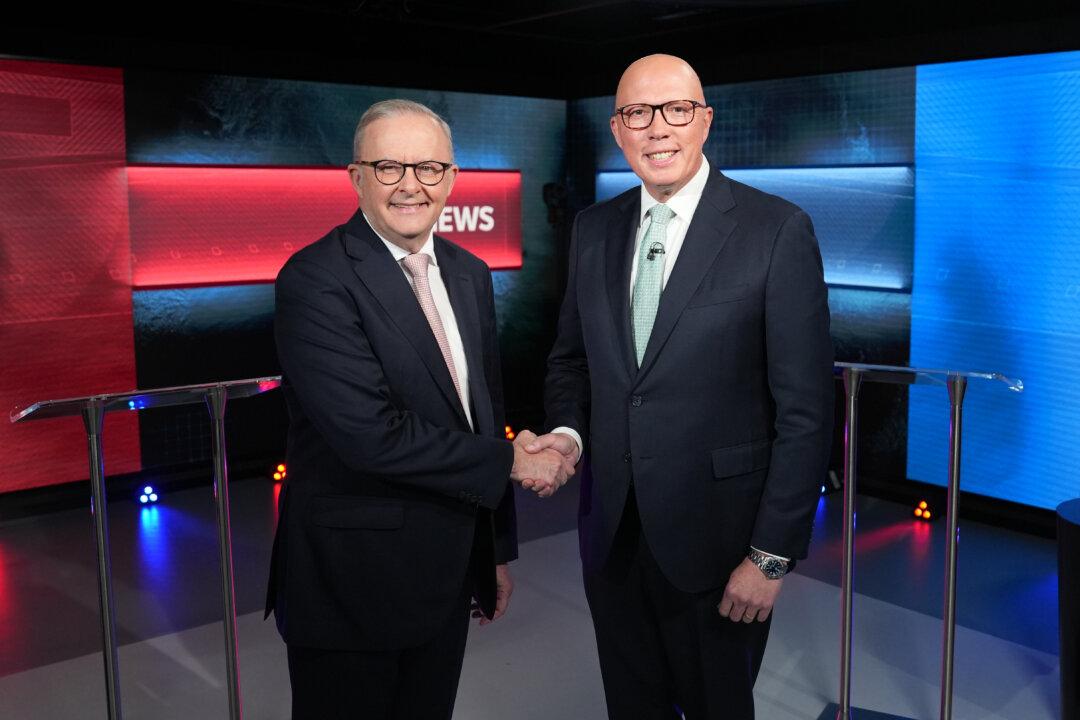Welfare recipients aged 55 and older are expected to receive a boost to their JobSeeker payments in a plan designed to help women and the long-term unemployed.
The widely reported top-up to income support payments would flow through to about 227,000 people and complement other changes to Centrelink.
Welfare advocates remain concerned the extra money will fall short of the $100 a week they were seeking and would exclude more than 680,000 younger people on JobSeeker and Youth Allowance.
Treasurer Jim Chalmers would not confirm the move but said there would be cost-of-living relief for Australia’s most vulnerable.
“There'll be a number of elements to it,” he told ABC Radio on Tuesday.
“It won’t all be limited to one cohort or another.”
Responding to criticism about the age cap and that young people would miss out, the treasurer said no government could satisfy all calls for more spending.
“The JobSeeker payment ... already pays a different rate at the moment for people over 60, and that’s in recognition that it’s harder to find a new job at that end of your working life,” Chalmers said.
“Women over 55 are the most vulnerable group among unemployed Australians. We’ve indicated before we want to do something to help them in particular.”
Greens social services spokesperson Senator Janet Rice said isolating an increase to over-55s would leave young people living below the poverty line.
“We don’t accept their lie that there’s not enough money to raise the rate for everyone,” Rice said.
“Poverty is a political choice, and the Labor government is spending $368 billion on nuclear submarines and $254 billion on tax cuts for the rich instead of doing the bare minimum for people in a cost-of-living crisis.”
Jas Walker, spokesperson for the youth advocacy group Tomorrow Movement, said many young people were struggling to pay for rent, bills, food and health care.
The group has recorded stories of young people dropping out of their studies because they can’t pay for essentials, and many have been permanently couch-surfing or sleeping in their cars.
“If the government doesn’t raise income support for all, including Youth Allowance, rent assistance and disability support payments, this budget will keep thousands of Australians in poverty,” Walker said.
Opposition Leader Peter Dutton said the government needed to get the balance right and encourage people to work, noting he hadn’t seen the detail of the proposal.
But he said small businesses were struggling to fill worker shortages.
“It’s frustrating if you’ve got Australians who have an ability to work or refusing to work,” Dutton told 2GB Sydney.
“There is a great argument for bringing back ‘work for the dole’. It provides an incentive to move off the dole into work, which is a better life for them.”
The new analysis also suggested the budget is in much better shape than expected, thanks to stubbornly high commodity prices, strong population growth and the rock-solid jobs market.
Independent economist and budget expert Chris Richardson says the federal government is likely to record a $7.5 billion deficit in this financial year—a $29.2 billion improvement on the October budget forecasts.
The strong upgrade to revenues from commodities has put the government in striking distance of a surplus, but Chalmers said such a suggestion was premature.
“The numbers are still bouncing around a bit,” he said.





